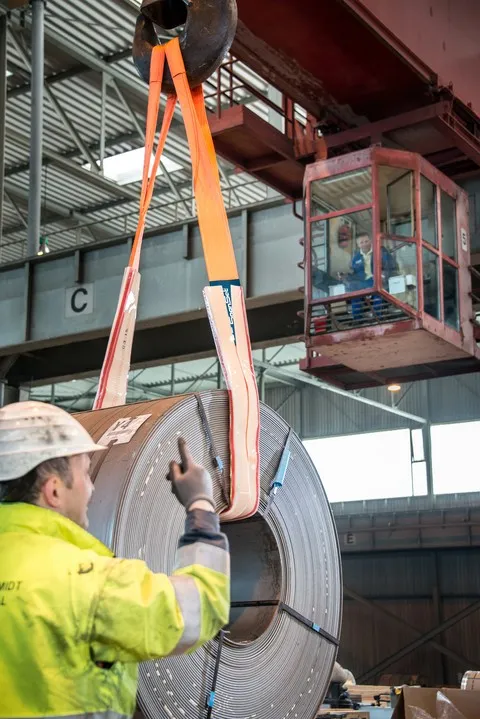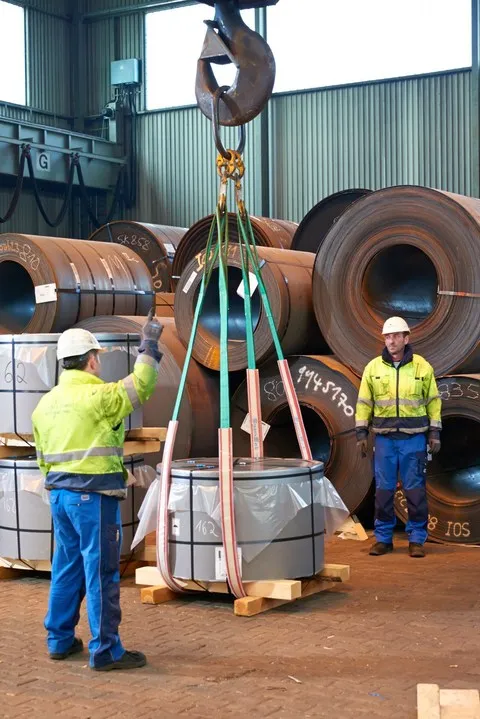The Importance of Understanding Safety Factor in Load Lifting
Have you ever heard of the term safety factor? It turns out that load lifting failures are often caused by overload. This usually occurs due to two main factors: miscalculations during the lifting planning stage and misunderstandings about the safety factor. Let's explore why this happens and how to avoid it.
Overload Due to Miscalculations
One of the main causes of lifting failure is incorrect calculations during the planning stage. Many people lack understanding of lifting techniques, leading to load and lifting equipment capacity calculations that do not comply with proper standards.
For example, when planning a lift, you must correctly consider the load weight, lifting angle, and condition of the lifting equipment. A lack of understanding of these factors can lead to the use of lifting equipment beyond its capacity, resulting in lifting failures due to overload.
Misunderstandings about Safety Factor
In addition to miscalculations, misunderstandings about the safety factor are also a primary cause of lifting failures. Many people believe that the safety factor allows them to lift loads beyond the capacity of the lifting equipment, which is a significant misconception.
The safety factor is a ratio that indicates how strong the lifting equipment is compared to the maximum allowable load. For instance, if you have a webbing sling with a WLL (Working Load Limit) of 1 ton and a safety factor of 7:1 (according to EN 1492-1 standards), it means the webbing sling has a minimum breaking strength of 7 tons. However, this does not mean you can lift more than 1 ton.
Why is Safety Factor Important?
The safety factor is crucial as it ensures the lifting equipment has a sufficient safety margin to handle the load safely. Lifting loads beyond the WLL can cause the equipment to break or fail, leading to dangerous accidents.
For example, if you have a webbing sling with a WLL of 1 ton and a safety factor of 7:1, it indicates that the sling will only break if loaded with more than 7 tons. However, lifting more than 1 ton with a direct pull method is prohibited. This is because the WLL is a safe limit that considers various factors, including potential dynamic loads and material fatigue.
Understanding Safety Factor
Properly understanding the safety factor is essential to ensure safe and standard-compliant load lifting. Here are a few reasons why it is important:
1. Avoiding Accidents
By understanding and adhering to the Safety Factor, we can avoid the risk of accidents caused by overload.
2. Prolonging Equipment Life
Using lifting equipment according to the WLL and Safety Factor can extend the life of the equipment, as it is not forced to work beyond its capacity.
3. Enhancing Professionalism
Proper knowledge of the Safety Factor demonstrates professionalism and responsibility in lifting work.
Lifting Training with Competent Person SpanSet
Understanding the safety factor correctly is crucial. It greatly affects safe and standard-compliant load lifting. Therefore, register yourself for lifting training.
By attending this training, you will become a more professional worker. It is not just for yourself but also for the safety of your coworkers. You can contact us for consultation or join lifting training led by a Competent Person from SpanSet.
This training will equip you with the knowledge and skills needed to perform safe and effective load lifting. You will learn how to calculate loads accurately, understand the lifting equipment used, and apply the safety factor correctly.
So, what are you waiting for? Register yourself and your team for this training now.
For further consultation about SpanSet Indonesia products and services, please contact us via email at [email protected] or WhatsApp
To find specification detail and prices of SpanSet Indonesia Products, please visit SpanSet Indonesia Marketplace on Tokopedia and Shopee.


